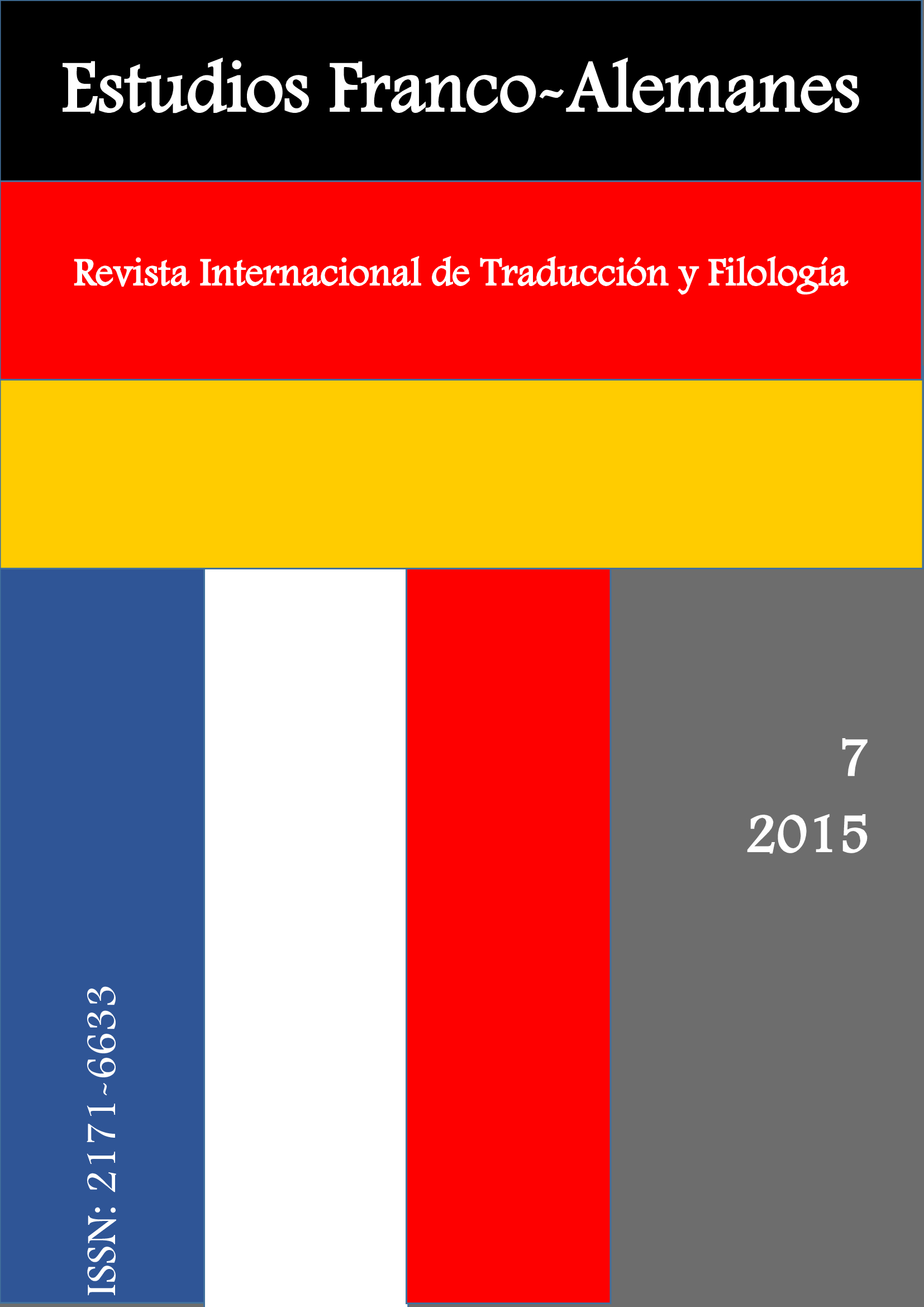Multilingualism in Tarantino's "Inglorious Basterds". Difficulties and strategies for dubbing and subtitling
DOI:
https://doi.org/10.21071/estfa.v7i.15820Keywords:
audiovisual translation, multilingualism, strategies, challengesAbstract
Multilingualism has achieved a new summit in Tarantino’s filmography with Inglourious Basterds, since four languages are involved in the original version: English, French, Spanish and Italian. The setting of this film shows the fall of France after the Nazi invasion in 1940, and the film continuously reflects the relationship between language and power. This paper deals with the subject of multilingualism and cultural representation in the subtitles and dubbing of Tarantino’s Inglourious Basterds from a translation perspective, according to the difficulties, strategies and changes derived from the audiovisual translation. We follow two main research hypotheses, namely, that subtitles (i) are used in a different way depending on the soundtrack and may activate their own modes of textual interpretation, and thus (ii) there may be any kind of change in the dialogues derived from the languages used in the scene, which could promote a sort of intercultural and multilingual sensitivity, or abstraction in the target audience.



